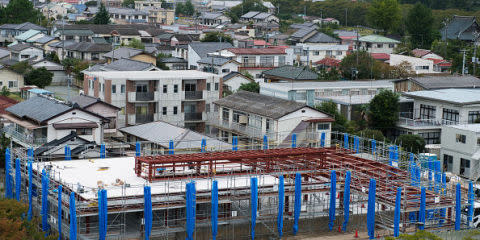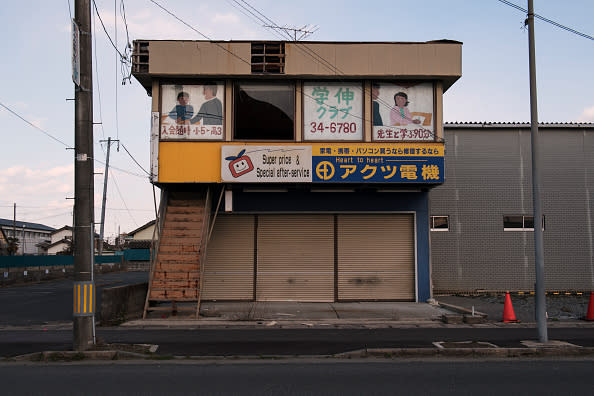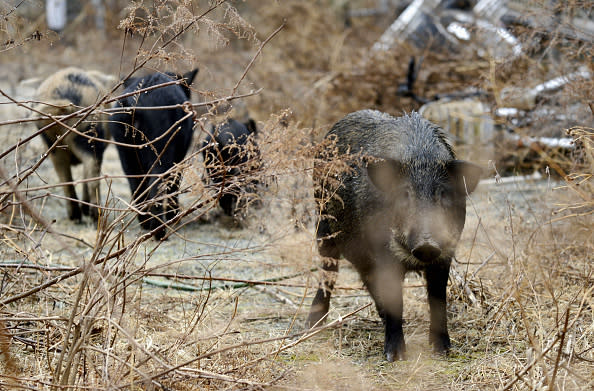Six Years Later, People Are Moving Back to Fukushima

Six years ago, tragedy struck Japan when the Fukushima Daiichi Nuclear Power Plant was hit by a tsunami wave, leading to three nuclear meltdowns. But now, several hundred former residents of the destructive "hot zone" are planning to return to the area.
Namie, a small town that once had a population of around 18,000, is the closest area that has been cleared for the return of residents since the disaster of March 11, 2011. Naime is only two and a half miles from the Daiichi plant, but on February 28, 2017, the former town hall showed a reading of only 0.07 microSieverts per hour, putting it in line with areas in Japan unaffected by the disaster. The government has been lifting evacuation orders on towns that fall below 20 milliSieverts per year, which gives Namie the greenlight.

However, that doesn't make it an easy sell. Over half of its former residents have said in a poll last September that they would not want to move back while only 18 percent showed interest. More than three-fourths of all people under the age of 29 expressed no interest in moving back, and nobody's blaming them. Only some parts of the town will open, radiation contamination has still left areas off limits. "Young people will not go back," said Yasuo Fujita, a former Namie resident who runs a restaurant in Tokyo, to Reuters. "There will neither be jobs nor education for children."
But those who do return are finding jobs they never imagined. Shoichiro Sakamoto, 69, describes to Reuters his new life as the head of a 13-man team dedicated to hunting radioactive wild boar with traps and air guns.

There are also plans for more traditional industry: a lumber mill has restarted and a hospital now has an eight-person staff. There are plans to open a joint elementary and high school to attract families, though only twenty students are expected initially, and also vague plans to recruit tech and robotics industries to the area. It will take another five years, scientists say, until more of the town will be habitable.
Of course, Naime isn't the only site of a former nuclear disaster hoping to rebuild. Future plans hope to turn Chernobyl into a solar energy farm, 30 years after its own reactor meltdown. Hopefully Naime won't have a similar wait.
Source: Reuters
You Might Also Like
